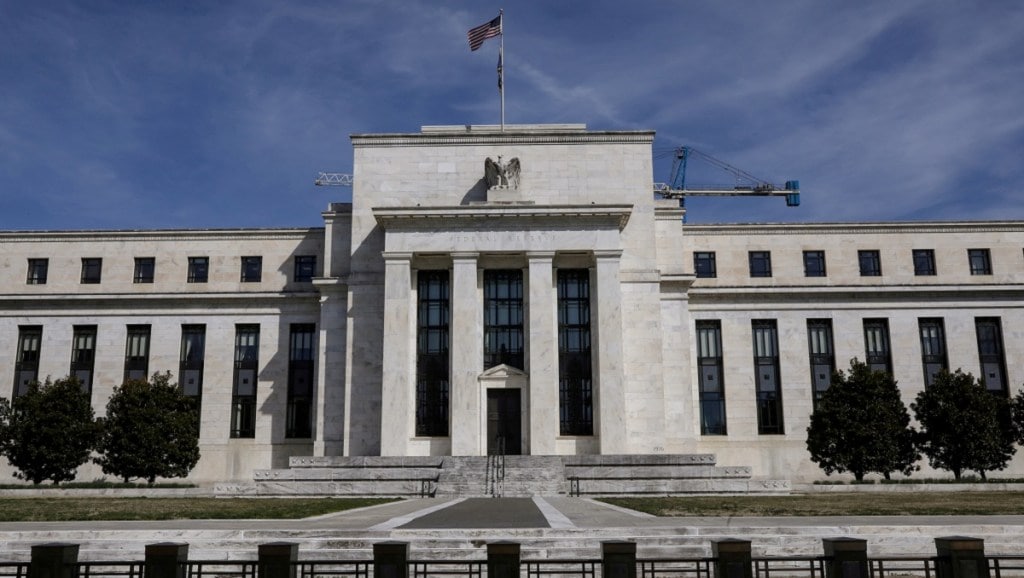While the US Federal Reserve decided to maintain the status quo on interest rates and kept its key interest rates unchanged at 5.1 per cent, economists said that this will not affect India’s interest rate decision and that it is unlikely that the RBI will precede the US Fed in pivoting to a rate cut. “While a pivot is being debated due to the easing inflation dynamics in India, it is unlikely the RBI would be too adventurous in this fast evolving and fluid world and is unlikely to precede the Fed in reversing its course of rate hikes in the future,” said Madhavi Arora, Economist, Emkay Global Financial Services Ltd. Even as the RBI officials maintain that India’s policies are independent of the Fed, policy action by RBI Governor Shaktikanta Das may indicate some coordination.
Economists also stated that India need not hurry on carrying out rate cuts as economic growth stays strong with India’s GDP growth at 7.2 per cent in FY 2022-23 against the 9.1 per cent expansion in previous fiscal. “Our economic data continues to surprise on the upside. This is in contrast to the data coming in for China, which has been disappointing. From a global perspective, India is in a sweet spot that will keep attracting foreign inflows,” said Ritika Chhabra, Quant Macro Strategist, Prabhudas Lilladher PMS.
“Following the Fed’s pause, rates in the US are expected to become variable, but in a hawkish manner. In India, the Bond yields shall consolidate from here on with a downward bias. The amount of systemic Liquidity in the system shall influence the movement of yields in the short term,” said Mahesh Agarwal, National Head – Wealth, AUM Capital Market.
“We believe currently the impact on Indian markets will be neutral in the short term and the Indian markets will take further cues from the slowdown in the US economy and inflation which will result in rate cuts in the latter part or the beginning of next year in the US,” said Arvinder Singh Nanda, Senior Vice President, Master Capital Services Ltd. The US Fed had, in March, said that it has targeted to bring inflation down to 2 per cent over time
The US Fed has kept its key interest rate unchanged at 5.1 per cent for the first time after 10 straight increases that raised the borrowing costs by 500 bps to their highest level since September 2007. The FOMC votes to pause despite ‘elevated’ inflation while indicating a sharp increase could be needed before the end of the year. “The FOMC surprised markets with a hawkish pause, projecting two rate hikes in 2023, contrary to the expected one rate hike. The gradual pace of decline in core inflation led to this adjustment. We expect a final hike in July 2023 to 5.25- 5.50 per cent, but anticipate a subsequent hold for the rest of CY 2023, because core inflation would have come meaningfully lower,” said Deepak Agrawal, CIO- Fixed Income, Kotak Mahindra Asset Management Company.
“It was clear Chair Powell wasn’t going to trust forecasts of disinflation but rather needed to see it happen. Despite an initial sell-off, markets have taken the surprisingly hawkish meeting in stride. Equities were unchanged on the day, while front-end rates edged up just 5-10bp with the Treasury curve twisting flatter. USD rally was also cut short,” said Madhavi Arora.
Meanwhile, Manish Chowdhury Head of Research, Stoxbox, said, “Though the script played well to our expectations, what surprised us was a more hawkish policy stance from the Fed going forward wherein it expects a further 50 basis points hike in policy rates before the end of this year. We just hope that a very hawkish pause at this policy meeting does not derail the economic growth prospects, considering that transmission of policy interventions works with a long and variable lag on the varied aspects of the economy.”

